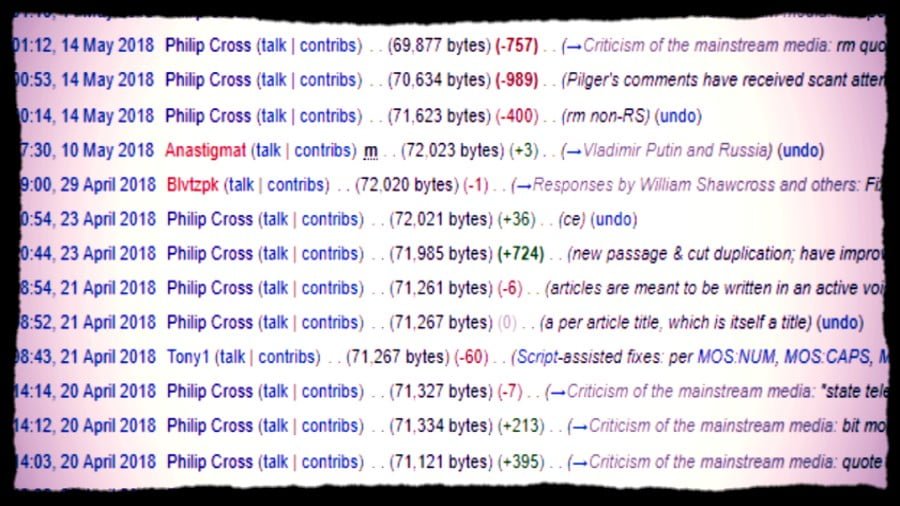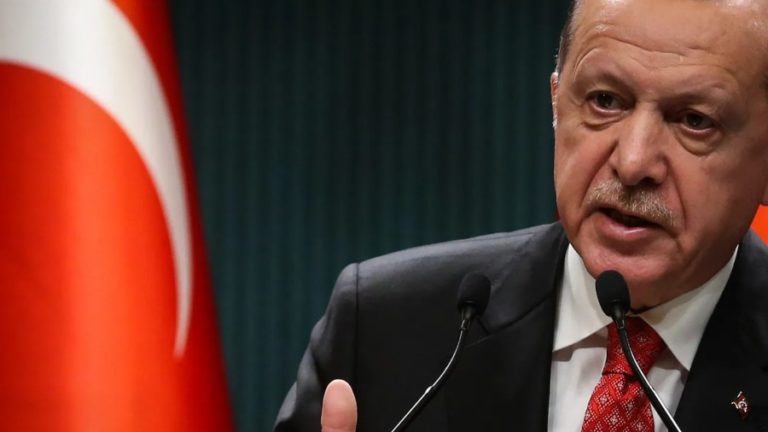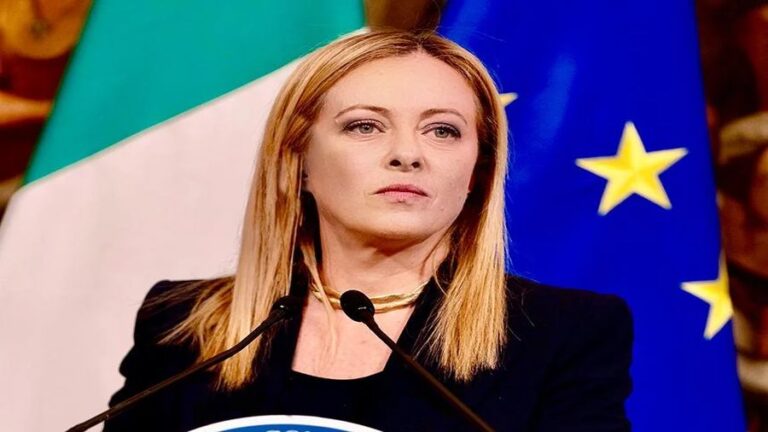The Eastern Economic Forum Accelerates a Grand Strategy of Win-Win Cooperation
One can only hope that wiser forces among the nations of the west (and those among the global south trying to foolishly operate within two opposing worlds) will recognize which future is worth living in, Matt Ehret writes.
The battle lines for the future of humanity were made explicitly clear during this week’s Eastern Economic Forum held in Vladivostok under the theme of “Opportunities for the Far East in a World Under Transformation”.
President Putin set the tone of the event by noting:
“The strategic vector for the development of the Far East is towards a new economy, those areas for economic, scientific and technological development that shape the future, set long-term trends in entire industries, countries, and regions of the world. Here a broad range of opportunities for international cooperation opens up as well as the chance to really look at the development of the traditional sectors and branches of the economy.
Over the course of the three day event, 380 agreements totalling 3.5 trillion rubles were signed vectored around a long term growth strategy for Russia’s underdeveloped North East which. These agreements bring together dozens of nations and private interests into a new long term strategic framework that is not only opening up one of the last undeveloped frontiers on Earth, but which also ties Moscow’s destiny ever more firmly into the Asian Pacific. This is no surprise since China’s growth model has set the tone for an alternative political-economic order and Russia’s relationship with that new order is among the highest priorities for anyone in Russia committed to survival.
Unlike those western states locked within a unipolar sinking ship who have forgotten how to think long term, or even conduct business from an honest win-win cooperative outlook, Russia announced the accelerated creation of five modern Arctic cities that will house 300 thousand to 1.5 million citizens over the coming years. Additionally, a decree was signed by Prime Minister Mikhail Mishustin for 10 year financing agreements amounting to 500 billion rubles “to build new highways, communal infrastructure, energy and industrial facilities”.
Russia’s Energy Strategy 2035 (first unveiled in 2015) was advanced in leaps and bounds with agreements to increase the gas distribution system from 68.6% to 82.9% in 14 years, and to vastly expand hydrogen energy development to 200,000 tons by 2024 before rising to 2,000,000 tons by 2035. During the summit, a plan was laid out for three hydrogen production clusters to be created with 1) a northwest set of clusters to service Europe’s growing needs, 2) a set of eastern clusters to export hydrogen to Asia and finally 3) a set of Arctic clusters which will be a key driver in opening up and modernizing Russia’s north.
While there are several pathways to create hydrogen fuel, the most effect option which Russia has selected in its current model uses electrolysis carbon capture technology from natural gas. However, Rosatom has announced an even more robust approach to hydrogen development in the form of nuclear reactors that not only provide reliable, high quality energy to power the industrial and residential needs of a nation but also generate massive quantities of hydrogen as a carbon-free by-product.
At a June 2020 initiation of a prototype reactor designed to produce hydrogen at the Kola Nuclear plant, a representative of Rosatom said:
“The purpose of the Competence Center will be validation of technology for the production, storage and transportation of electrolytic hydrogen. We are now at the very beginning of a long journey.”
The strategic necessity for hydrogen and also nuclear power has finally struck many nations who have woken up to the reality that the windmill/solar panel boondoggles that technocrats managing a Global Green New Deal have been pushing might look nice in computer models, but are completely dysfunctional when measured against the actual productive needs of humanity.
Keynoting the summit, President Putin made the point that the Arctic hosts an array of mineral and energy resources that will not only service the coming decades but coming centuries with Arctic offshore deposits of oil amounting to 15 billion tons and 100 trillion cubic meters of gas. New ports will continue to be built and upgraded while Russia’s Trans Siberian rail line (and associated 4300 km Baikal-Amur Mainland railway) will feature vast upgrades to accommodate a rise of traffic from the current 120 million tons/year to 180 million tons by 2024.
Describing the Northern Sea Route which will cut over 10 days as ships move goods between China and Europe (while decongesting the Straits of Malacca and Suez Canal), Putin stated:
“I would like to note that over the past 10 years, the volume of cargo transport along this route has increased by an order of magnitude. I think I have my numbers right; sometime in 1986 a little over 7 million tonnes were shipped, last year it was 33 million tonnes, and by 2024, this figure should be 80 million tonnes. I am positive that these are not the final figures.”
In order to encourage long term investment and civilization building (rather than the resource stripping practices dominant under Globalization), Putin announced a vast array of tax incentives and reduced insurance premiums for companies willing to build vital infrastructure and industrial hubs for automotive, agriculture and mining programs in the Arctic zones. Predicting any shifty financiers licking their lips at new opportunities for tax havens, the Russian leader also emphasized that only companies engaged in directly productive work would reap these benefits.
Intent on reversing the devastating trends of negative population growth that Russia suffered during the dark years of Perestroika and which have never properly recovered, Russia has unveiled a modern form of homestead program offering lands, easy loans and other financial incentives for families who wish to migrate into these high priority regions. Included in this program are ample opportunities for trade schools with good paying jobs for young people and migrants as well.
Providing a brilliant strategic remedy to the build-up of full spectrum dominance military encirclements in the Pacific, Russia has placed a large emphasis on the economic development of the Kuril Islands as a primary focus for the Eastern growth agenda. In his speech, Putin made sure to emphasize the benefits Japan would incur by partnering on these initiatives which fall far outside of the Asian Quad security doctrine which certain Strangelove-esque characters would much prefer define Asian military planning.
In both rail upgrades, new energy corridors, migration flows, new cities and arctic shipping, Russia’s relationship with China’s Belt and Road Initiative is huge.
Without this relationship having reached a mature level of harmonization as a powerful inter-civilizational partnership, it is difficult to imagine what a hopeless disaster zone much of the Central European, Asian and Middle Eastern economies would be at this moment.
With the International Northern-South Transportation Corridor begun in 2002 stretching from Russia to India with maritime and land routes touching dozens of countries now taking on new life as a win-win design in total synergy with the east-west New Silk Road corridor, the importance of the integration of the Eurasian Economic Union with the BRI Framework can not be overstated.
For example, Not only did China’s recent $400 billion deal with Iran transform the Greater Eurasian Partnership around a new chemistry of energy, transport and security agreements, but Russia and Iran have together advanced a harmonization of their power grids around two routes: 1) via Azerbaijan and 2) via Armenia and Georgia. Additionally, this summer, Russia and Iran signed off on 20 year agreement covering political, economic, security, military and defense cooperation.
With these new pro-development programs in place, a new environment is quickly being shaped outside of the increasingly defunct “rules based order”. This alternative system is bringing hope to Afghanistan, Syria, and every other nation caught in the fires of empire. Reflective of this new hope, Taliban spokesman Zabiullah Mujahid has stated:
“Chinese assistance will form the foundation of Afghan development. One Belt, one Road will revive the ancient Silk Road. China will be our gateway to international markets”.
With the BRICS Summit just around the corner and the BRICS Development Bank poised to hopefully take on new life as a driving force of long term development alongside the Asian Infrastructure Development Bank, one can only hope that wiser forces among the nations of the west (and those among the global south trying to foolishly operate within two opposing worlds) will recognize which future is worth living in.







